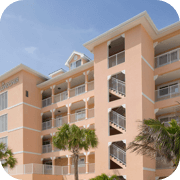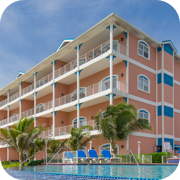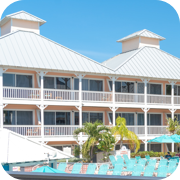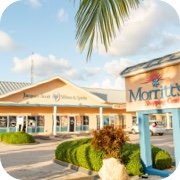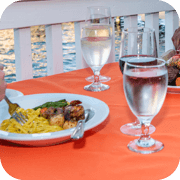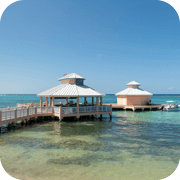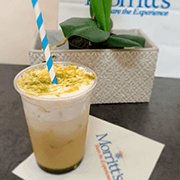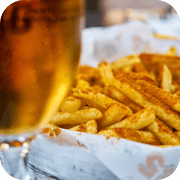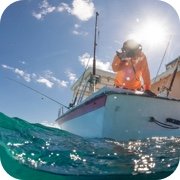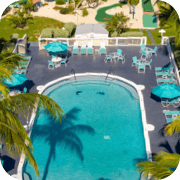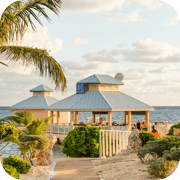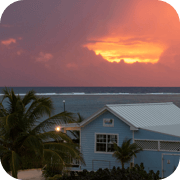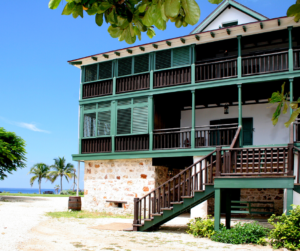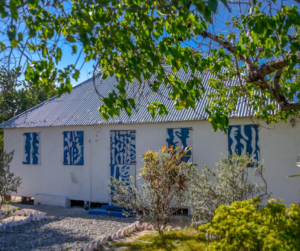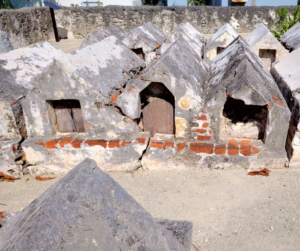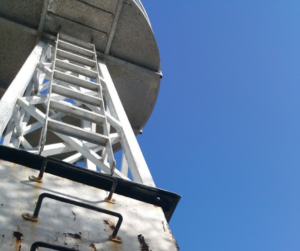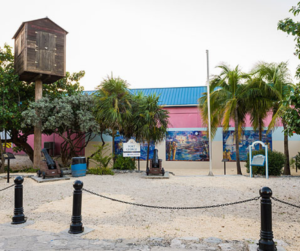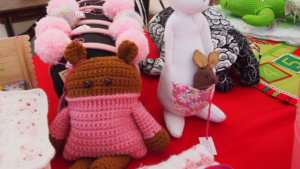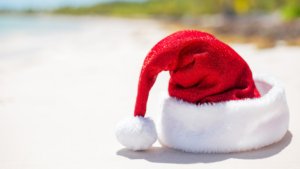Written By Morritt's

5 Reasons to Celebrate Cayman
On May 10th 1503, the explorer Christopher Columbus was on his fourth voyage to the Western Hemisphere, when he and his crew spotted Little Cayman and Cayman Brac.
At the time, Columbus had much to be concerned about. Winds had steered his ships off course, and they were in awful condition due to storm damage and termites.
Anxious to reach Santo Domingo for aid, the crew’s sighting of our islands was less of a momentous discovery and more of a passing observation. In the ship’s journal that day, it was briefly noted that the men had spotted “two very small and low islands, full of tortoises”.
While our discovery may have been underwhelming for Columbus and his crew, our evolution was anything but. Discovery Day is commemorated every year in Cayman, not just to mark the day we were ‘found’ – but to celebrate everything that makes our small islands larger than life.
Here are our top 5 reasons to celebrate Cayman this Discovery Day:
1. Cayman’s people
You will hear time and time again that nothing beats the hospitality of our locals. We are the islands where strangers still greet each other with smiles. Hitchhikers still catch rides without worry. And virtually anybody will chat with you good-naturedly about the weather.
However, more than that, the people of Cayman are individuals with unique personalities. This community is home to storytellers, musicians, thinkers, go-getters and everything in-between. We are hard-working and fun-loving, but we are all different – and that’s what true Caymankind is!
2. Cayman’s folk music
Traditional Caymanian folk or “kitchen” music is storytelling at its finest. In days gone by, impromptu dances and celebrations were struck up in Caymanian kitchens, instigated by a lively band. Song lyrics enthusiastically regaled tales of community gossip, relationships, and family dynamics. The end result was a blend of European sounds, African rhythms, and a party to remember!
These old songs are an echo of our past, and yet very little is documented on Cayman’s traditional folk music. In 2010, local musician Natasha Kozaily published her thesis on the music of Julia Hydes – a legendary musician who played a major role in shaping the evolution of Caymanian folk songs.
Natasha’s thesis is an invaluable resource which unravels the history of folk music and in doing so, uncovers untold stories of Cayman from a bygone era.
3. Our ecosystem
Credit: Redfern Natural History Productions
The Cayman Islands is a paradise of powdery-sand beaches, crystal-clear waters, diverse marine life, ancient mangrove forests, and unique species of flora and fauna found nowhere else in the world.
We are intrinsically connected to nature. Our farming and seafaring ancestors had a deep understanding and appreciation for the land and sea. Times may have changed, but our reliance on the environment has not. We depend on our environment to purify our air, regulate our climate and protect our land from erosion and flooding.
Over the last few years, overdevelopment, mass tourism and a lack of clean energy have raised questions around Cayman’s sustainability. The good news is, it is not too late to make a change.
Non-profits like The National Trust, Plastic Free Cayman, and the Central Caribbean Marine Institute are just a few examples of the work being done to give back to nature just as much as it has provided for us.
4. Our carnivals
Credit: Cayman .Property Videos
Here in Cayman, we know how to throw a party. Our years are punctuated with lively carnivals that bring together people of all backgrounds. Carnivals are celebrated throughout the Caribbean, and they are a joyous array of music, dance and pageantry. Think Mardi Gras, but with soca music!
The three main festivals here are Pirates Week, Batabano, and CayMAS. Each one embodies the spirit of Cayman in their own way!
5. Our food
There is a reason the phrase “love ya like cook food” is popular in Cayman. We love to eat! Cooking is an expression of connections and cultural identity. Sometimes it doesn’t even matter what’s on the table, since half the pleasure of a home-cooked meal is who you’re eating it with.
Surrounded by ocean, it is no surprise that seafood is a staple in most Caymanian dishes. Conch stew, fish fry, Cayman-style lobster and turtle stew are just a few local favourites.
And of course we’d be remiss to not mention Cayman-style beef. Back in ‘the old days’, beef was a rare and special treat that was often saved for Christmas time. It must have been worth waiting the whole year for, because the buttery melt-in-your-mouth meat is more of an experience than anything else.
Here in Cayman, food is more than just food – it’s comfort and belonging. It’s handed-down recipes, stories around the table, and memories with the ones we love.
